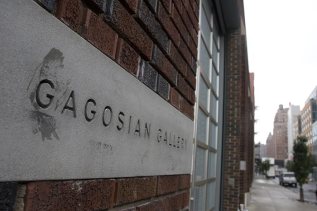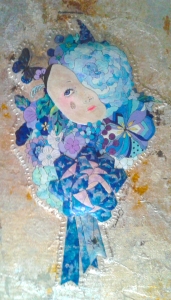


Chelsea began quietly, over six years ago or more, not much press, with small galleries beginning on Twenty-Second Street off Tenth Avenue. Other galleries followed, galleries with more money, which found larger spaces on Twenty-Fourth Street. It took a few years to develop, but when the building at 529 West 20th Street opened with every floor in the place filled with galleries, usually four on a floor, then the neighborhood really took off.
The buildings in Chelsea were waiting for something to happen anyway, like a lost, abandoned soul waiting or a lover. Previously, printing companies, bookbinding companies and storage lofts filled their spaces, but as time went on, the buildings lost their value, prices were low, ceilings were high, spaces big – just ripe for an art scene to take hold.
An important boost to Chelsea was the recent arrival of Gagosian Gallery on Twenty-fourth Street, near Eleventh Avenue. Next to Gagosian’s mammoth space is the Mary Boone Gallery. Also down the street is Metro Pictures and Barbara Gladstone Gallery.
Only in the huge space of Gagosian Gallery could Damien Hurst exhibit large vitrines that held gallons of water with live fish, combined with a turn of the century gynecologist’s examining table. Greeting you, in the center of the first gallery, was a gargantuan painted bronze male figure, the outer layer of skin peeled away to reveal the internal organs of the body.
by Hedy O’Beil
Printed in The Artists Proof, N.Y. Artists Equity Association, Fall 2001, Vol. 18.
Hedy O’Beil is an artist, art critic, curator, and art lecturer. Her reviews have appeared in Arts Magazine, the West Side Beat, and Manhattan Arts.














